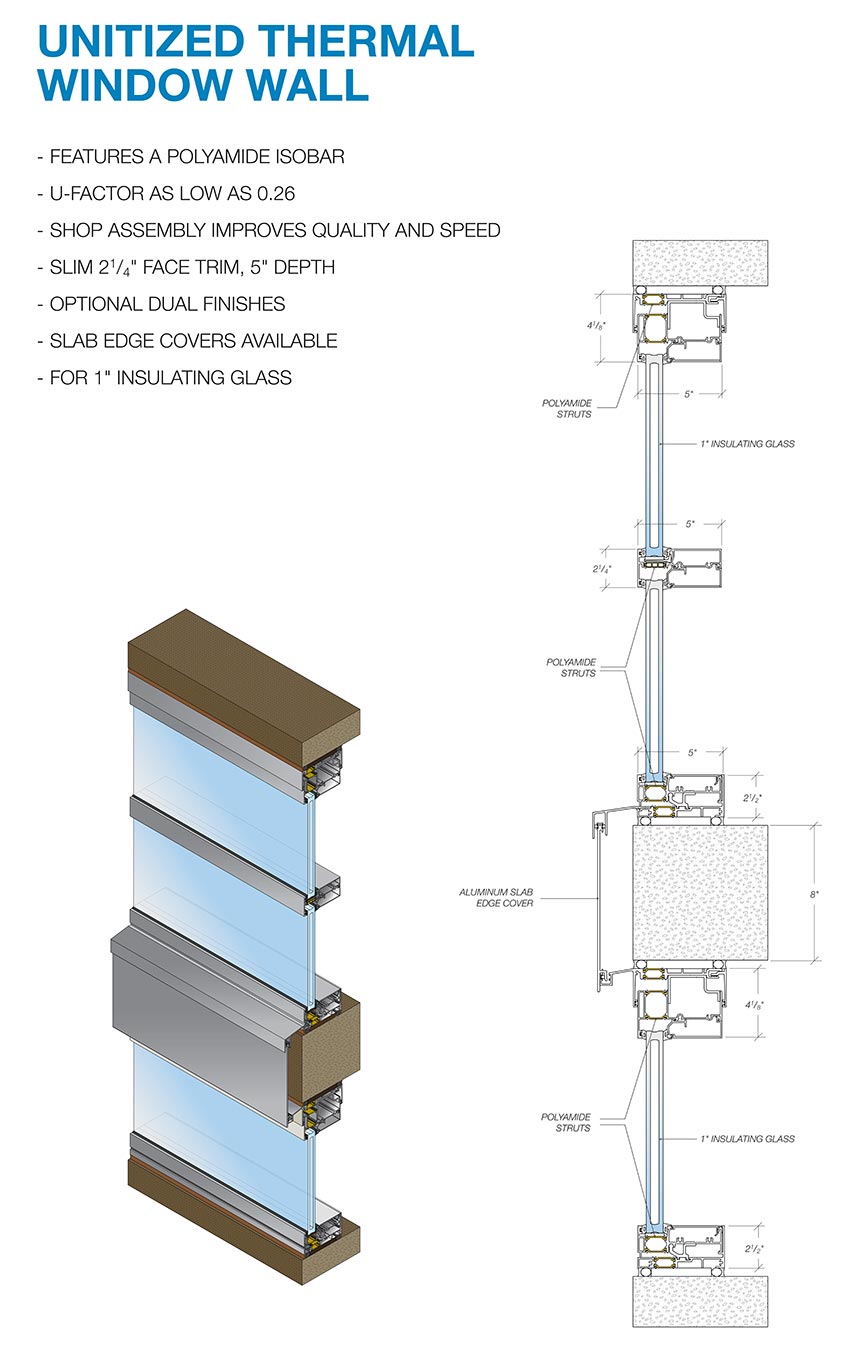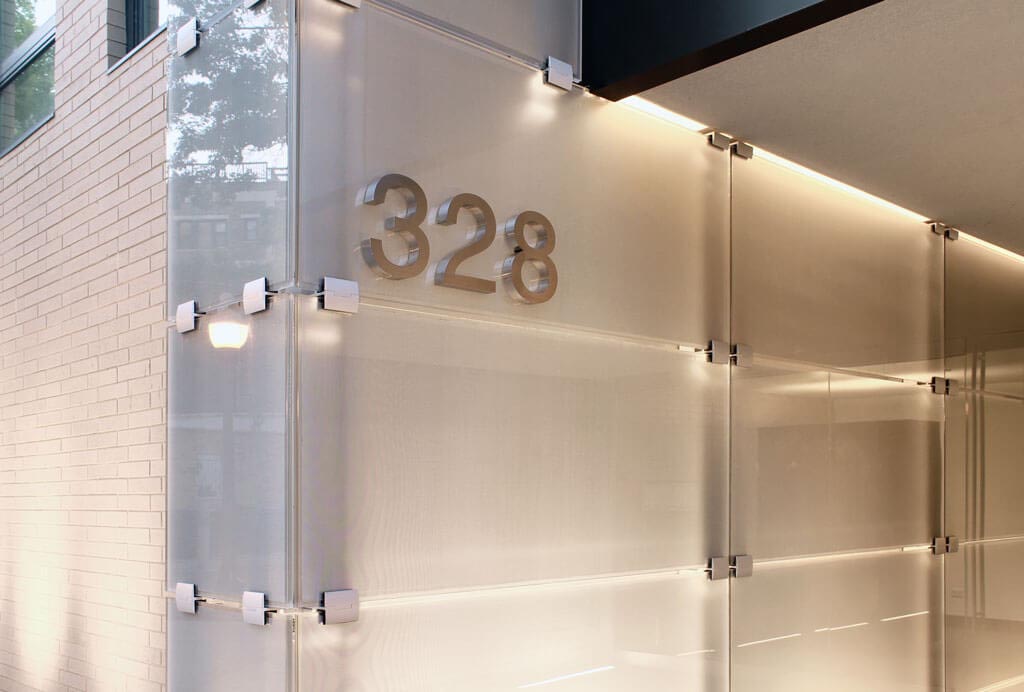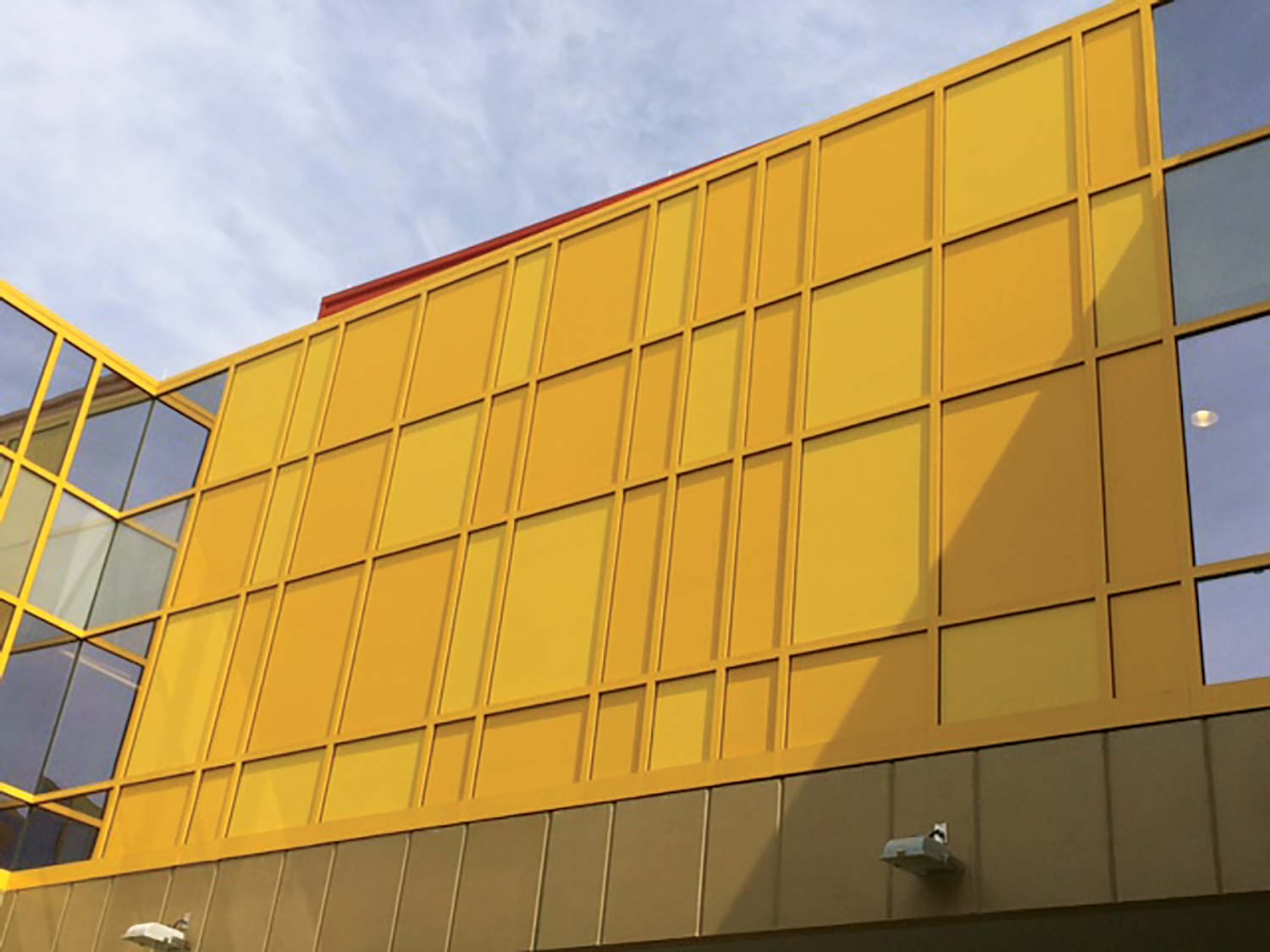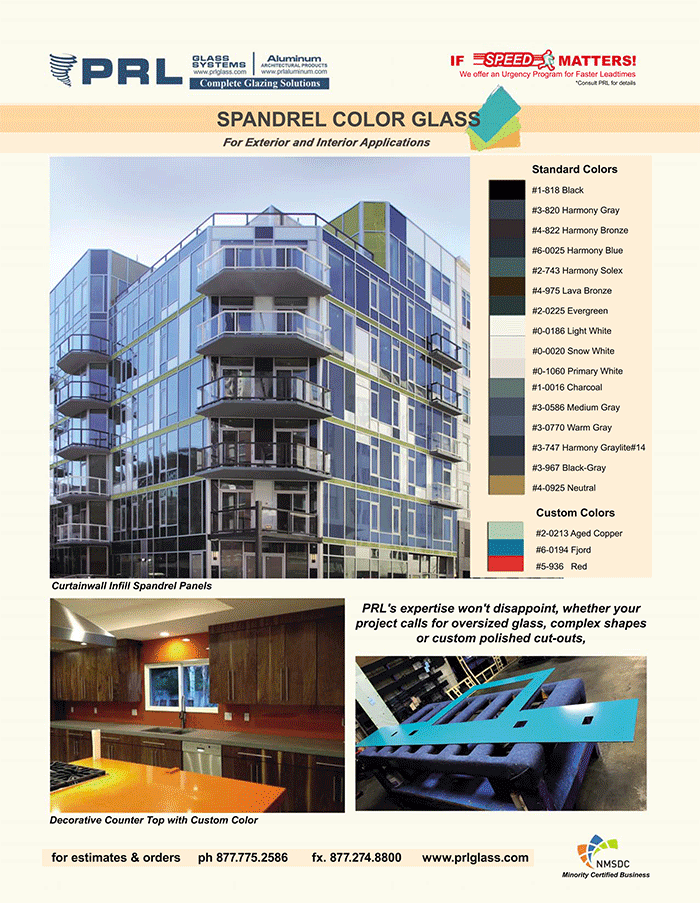The smart Trick of Glazing Panel That Nobody is Discussing
Table of ContentsUnknown Facts About Large Glazing PanelsGetting The Glazed Window Panels To WorkGlazed Window Panels Things To Know Before You Get This
Curtain walls can be classified by their approach of fabrication and installation into the following basic categories: and. large double glazed glass panels. In the stick system, the drape wall frame (mullions) and glass or nontransparent panels are set up and connected together piece by piece. In the unitized system, the curtain wall is composed of big systems that are put together and glazed in the factory, delivered to the website and erected on the structure.
Interior glazed systems permit glass or opaque panel setup into the curtain wall openings from the interior of the building. Details are not attended to interior glazed systems because air infiltration is an interest in interior glazed systems. Interior glazed systems are normally defined for applications with limited interior obstructions to allow adequate access to the interior of the curtain wall.

For high-rise construction interior glazing is in some cases utilized due to gain access to and logistics of replacing glass from a swing stage (large double glazed glass panels). In outside glazed systems, glass and opaque panels are installed from the exterior of the drape wall. Exterior glazed systems need swing stage or scaffolding access to the outside of the drape wall for repair work or replacement.
Common opaque panels include opacified spandrel glass, metal panels, thin stone, and other materials, such as terra cotta or FRP (fiber-reinforced plastic). Vision glass is predominantly insulating glass and might have one or both lites laminated (see Glazing), typically fixed but in some cases glazed into operable window frames that are incorporated into the drape wall framing - large glazing panels.
The spandrel glass can be made nontransparent through the usage of opacifiers (film/paint or ceramic frit) used on an unexposed surface or through "shadow box" construction, i. e., supplying an enclosed area behind clear spandrel glass. Shadow box building develops an understanding of depth behind the spandrel glass that is in some cases desired.
Glazed Spandrel Panel Fundamentals Explained
Thin stone panels are most frequently granite. White marble must not be used due to its susceptibility to deformation due to hysteresis (thin stone is not covered in this chapter). The curtain wall frequently makes up one part of a structure's wall system. Careful combination with nearby elements such as other wall claddings, roofings, and base of wall details is required for a successful installation.




Weeping of water is only a secondary function. Keep in mind that the easiest way to recognize a pressure-equalized rain screen system is yo note that the that glazing pocket around each specific unit of glass is isolated air tight from nearby systems, most undoubtedly with plugs or seals at the spaces between screw splines at mullion intersections.
Some aluminum curtain wall systems are still designed as face-sealed barrier walls. They depend on continuous and perfect seals between the glass units and the frame and in between all frame members to carry out. The long-lasting reliability of such seals is incredibly suspect and such systems ought to be prevented. Total curtain wall thermal performance is a function of the glazing infill panel, the frame, building and construction behind opaque (spandrel and column cover) areas, and the perimeter information.
All about Glazed Glass Panels
g. thermal break). Aluminum has a very high thermal conductivity. It is typical practice to incorporate thermal breaks of low conductivity materials, generally PVC, Neoprene rubber, polyurethane and more just recently polyester-reinforced nylon, for improved thermal performance. Some "poured and debridged" polyurethane thermal breaks diminish and worry types in the thermal break when the exterior more aluminum moves in a different way from the interior aluminum due to temperature level distinctions.

These systems regularly include gaskets that are put between the pressure bar and mullions and function as thermal breaks and aid with acoustic isolation. These systems need unique care in style and building and construction to guarantee continuity of the gaskets at horizontal and vertical transitions. Gaskets are likewise used to cushion the glass on the interior and exterior faces of the glass.
There is normally a gap in the gasket at the corners after shrinkage occurs. With a correctly developed system the water that goes into the system at the gasket corners will weep out through the snap cover weep holes. To alleviate shrinkage of gaskets back from the corners using vulcanized corners and diagonally cut splices are advised.